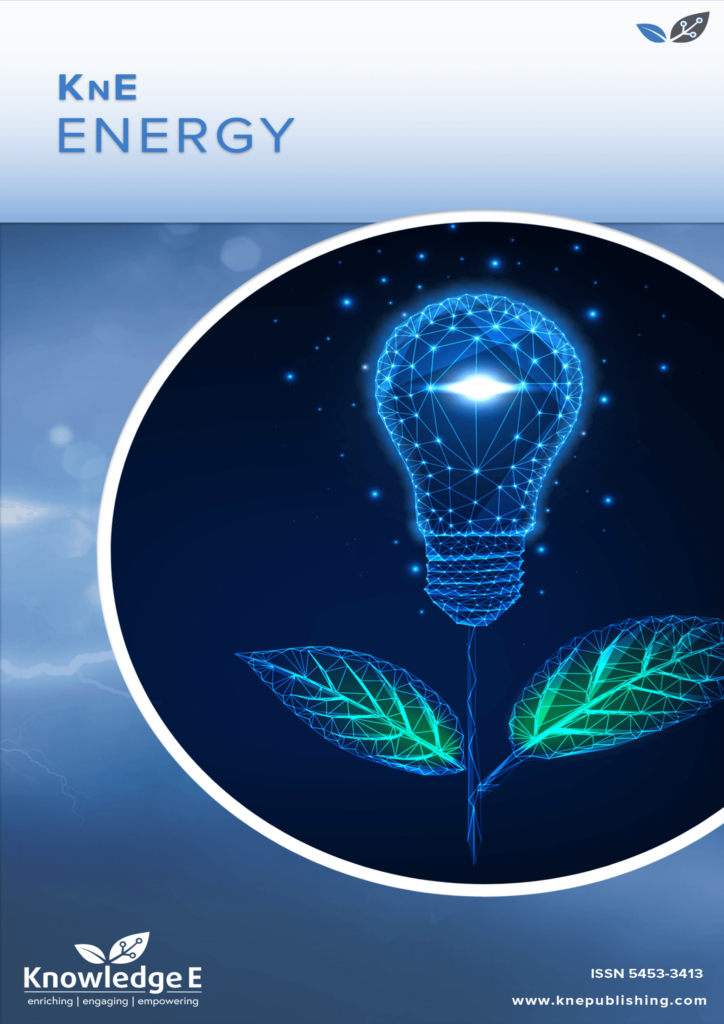
KnE Energy
ISSN: 2413-5453
The latest conference proceedings on energy science, applications and resources
Neoglycolipids Micelle-like Structures as a Basis for Drug Delivery Systems
Published date:Apr 17 2018
Journal Title: KnE Energy
Issue title: The 2nd International Symposium "Physics, Engineering and Technologies for Biomedicine"
Pages:519–527
Authors:
Abstract:
Targeted drug delivery is one of the most promising tasks of nanomedicine, as this is a real way to increase the effectiveness of therapeutic effects against many diseases. In this regard, the development of new inexpensive highly effective stimulating and non-immunogenic drug delivery systems (DDS) is of great importance. In this work new molecular candidates were proposed and studied for the creation of such systems based on the use of new compounds, neoglycolipids. It is shown that these compounds are capable of self-association in aqueous solutions and can serve as potential carriers of drug compounds with targeted delivery determined by their terminal groups (in particular, glycans). The processes of their associates formation and features of their structure are investigated. The results show that these selforganizing nanoscale systems can be used as a basis for developing new drug delivery systems.
Keywords: neoglycolipids, micelle-like structures, small-angle X-ray scattering, molecular dynamics simulation
References:
[1] Prabaharan M. et al. Folate-conjugated amphiphilichyperbranched block copolymers based on Boltorn® H40, poly (l-lactide) and poly (ethylene glycol) for tumortargeted drug delivery //Biomaterials, 2009, 30(16), 3009-3019.
[2] Chan J. M. et al. PLGA–lecithin–PEG core–shell nanoparticles for controlled drug delivery //Biomaterials, 2009, 30(8), 1627-1634.
[3] Zhang Q. et al. Polymeric micelles for GSH-triggered delivery of arsenic species to cancer cells //Biomaterials, 2014, 35(25), 7088-7100.
[4] Cai D. et al. Hydrophobic penetrating peptide PFVYLI-modified stealth liposomes for doxorubicin delivery in breast cancer therapy //Biomaterials, 2014, 35(7), 2283- 2294.
[5] Liang X. et al. Development of self-assembling peptide nanovesicle with bilayers for enhanced EGFR-targeted drug and gene delivery //Biomaterials, 2016, 82, 194- 207.
[6] Brigger I., Dubernet C., Couvreur P. Nanoparticles in cancer therapy and diagnosis //Advanced drug delivery reviews, 2002, 54(5), 631-651.
[7] Zolnik B. S. et al. Minireview: nanoparticles and the immune system //Endocrinology, 2010, 151(2), 458-465.
[8] Brown R., Links M. Clinical relevance of the molecular mechanisms of resistance to anti-cancer drugs //Expert reviews in molecular medicine. 1999, 1(15), 1-21.
[9] Decuzzi P. et al. Size and shape effects in the biodistribution of intravascularly injected particles //Journal of Controlled Release, 2010, 141(3), 320-327.
[10] Hanwell M. D. et al. Avogadro: an advanced semantic chemical editor, visualization, and analysis platform //Journal of cheminformatics, 2012, 4(1), 17.
[11] Graham J. A., Essex J. W., Khalid S. PyCGTOOL: Automated Generation of Coarse- Grained Molecular Dynamics Models from Atomistic Trajectories //Journal of Chemical Information and Modeling, 2017, 57(4), 650-656.
[12] Marrink S. J. et al. The MARTINI force field: coarse grained model for biomolecular simulations //The journal of physical chemistry B, 2007, 111(27), 7812-7824.
[13] Abraham M. J. et al. GROMACS: High performance molecular simulations through multi-level parallelism from laptops to supercomputers //SoftwareX, 2015, 1, 19- 25.
[14] Humphrey W., Dalke A., Schulten K. VMD: visual molecular dynamics //Journal of molecular graphics, 1996, 14(1), 33-38.
[15] Ryzhov I. M. et al. Function-spacer-lipid constructs of Lewis and chimeric Lewis/ABH glycans. Synthesis and use in serological studies //Carbohydrate research, 2016, 435, 83-96.
[16] Alekseeva A. et al. Interactions of antitumour Sialyl Lewis X liposomes with vascular endothelial cells //Biochimica et Biophysica Acta (BBA)-Biomembranes, 2015, 1848(5), 1099-1110.